The aristocratic residence of the marquis of Castiglioni in the heart of Cingoli can be visited by appointment, Isabelle found out. “Let’s go!” we said to each other and visited the palazzo where Pope Pius VIII was born in 1761 for you.
The large part of the palazzo is still inhabited by the Castiglioni family in spring and summer, while they spend the rest of the time in Rome.
Our guide Simone Sgalla was already waiting when we arrived and opened the large gate through which, he explained, the carriages used to go. The restaurant “La Cantina del Palazzo” is located in some of the rooms on the ground floor, but it was temporarily closed during our visit.
In 1599 Bernardo Castiglioni from Milan bought the building, which in 17th century was rebuilt together with the outbuilding in such a way that a proud palazzo with 120 rooms was created! Having a good sense of direction is a key point here, and we were glad that Simone showed us around safely and with knowledge of the area: we actually went up and down stairs through dozen of doors and corridors and even into the vaulted cellar.
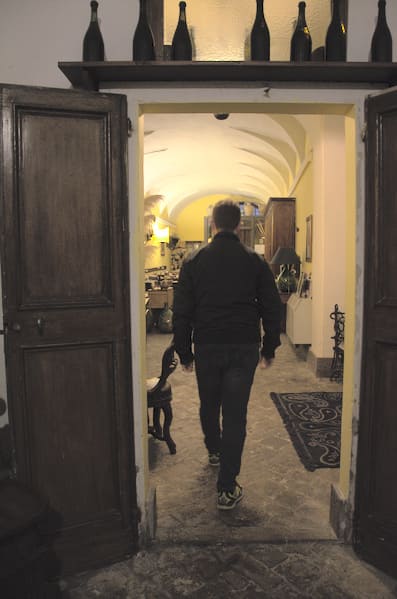


In the first room, a huge fireplace and a series of pots and pans told us we were in the kitchen.
Then we crossed the beautifully integrated restaurant rooms in the Palazzo and came to the cellar with the former snow cellar. At the very bottom there is always a certain amount of water, explains Simone, and it looked crystal clear and didn’t smell moldy at all!
An oil lamp in the alcove reminded us that there used to be no electric light. Today our guide is happy that this has changed, because he had so much to do to switch the electric light on and off again in every room for us.
A spacious, light staircase led us to a room whose mighty mantelpiece and some door frames had been brought together from other houses.
A highlight was the private chapel, which had wonderful, sky-blue frescoes in the roof and was filled with all sorts of hodgepodge, including the former family limousine: a litter!
There were no barriers or chains anywhere in the rooms so that we could move freely around the rooms. It doesn’t happen that often anymore and we had to resist the temptation not to sit down on one of the sweeping sofas, which looked like they were waiting for the Marchese (Marquis) of Castiglioni from Rome any minute.
The music room was the real hit of the palazzo: It was left as it was probably used in his prime, when the noble guests must have celebrated lavish parties. Lots of space (for dancing?) And countless seating options spread out across the room.
A huge chandelier made of hand-blown glass hung from the ceiling. It wasn’t made by Venetian glassblowers, but by artisans from San Severino Marche! However, a part was missing that had unfortunately been knocked off during a lavish feast during the occupation in the last World War.
One or the other bullet hole, for example in one of the paintings, testified to feasts from that time that got out of control!

The ceiling itself had been divided into many individual domes for better acoustics, each of which was thoroughly painted and frescoed.
The bedroom of Pius VIII, in which his papal clothes were also on display, and in which the image of a Mary pleading to heaven hung over the bed, looked, on the other hand, spartan sober.
The library or the reading room of the palazzo was still used by the marquis, because even if we did not get to see the actual private rooms of the family, our guide explained that some of the rooms we visited were still frequented by the family. Of course, Isabelle immediately discovered the Belgian pocket calculator from 1933 on her desk!
In general, it is noteworthy that the family had kept so many precious utensils from the different centuries. In addition to old antiques, we saw modern and even newer photos of the marquise. Somehow this made the rooms look more inhabited and less museum-like.
The family archive was again housed in a separate room and contained old and new documents from the family business.
A list of priests, all of whom were sentenced to life imprisonment, was specially highlighted to show that Pius VIII harbored a great aversion to nepotism and taking advantage. Immediately after his appointment as Pope, his own family received a letter asking them not to come to Rome, but to stay in Cingoli and pray for the salvation of his soul and not expect any favors.

But who was Pope Pius VIII, whose real name was Francesco Saverio Maria Felice Castiglioni? He was the third of 8 children of the Castiglioni / Ghislieri family. He studied theology in Osimo and Bologna, was appointed a priest in 1785 and as early as 1800 was appointed Bishop of Montalto in southern Marche. During the Napoleonic occupation he refused to swear allegiance to the French emperor and ended up in a French prison. Pope Pius VII later rewarded him for this and appointed him cardinal. When the successor of Pius VII, Pope Leo XII (who, by the way, also comes from LE Marche, namely from Genga), died, Francesco Saverio Maria Felice Castiglioni was chosen as the new Pope and called himself Pius VIII.
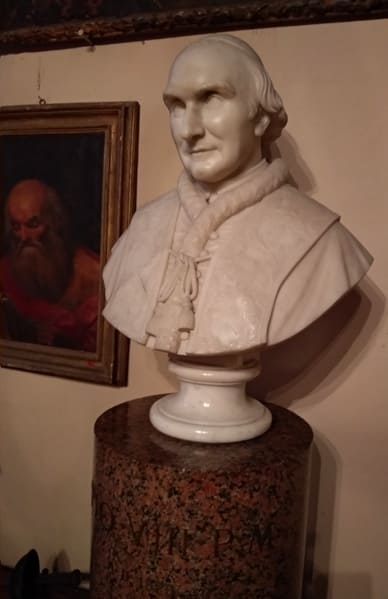
He was considered conservative in matters of faith but quite modern in his political views. One of his important decisions at the time was to give Roman Jews permission to leave their ghetto at night. As a thank you, he received a beautiful coffee set from the Jewish community, which the family keeps in a large showcase. However, his pontificate only lasted about 1.5 years (March 1829-November 1830), because he died of asthma at the end of 1830, it is said.
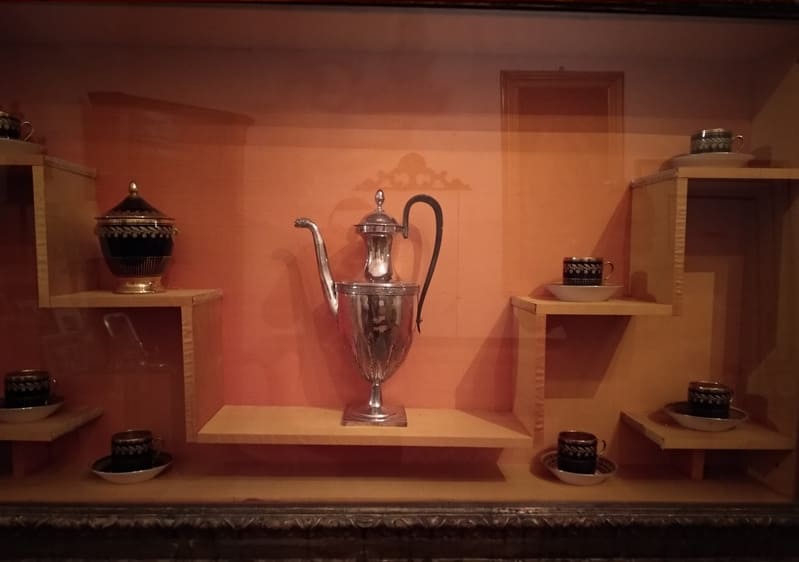
In the hallway, Simone points out a triptych that was probably painted by an unknown Flemish master from the 14th century.

Finally, in a book, he shows us a picture of a golden vase decorated with 10 roses embossed in gold: this would have been a gift from the Pope to his native city, the city of Cingoli.

Fortunately, Simone knew how to get out of the many rooms, because we might not have found the exit on our own!
If you would like to visit the Palazzo, you can always contact our knowledgeable guide Simone Sgalla (phone 0039 3285832320). It costs 3€ per Person. He only speaks Italian and a little French, but I think the palace is impressive even if you don’t understand all the explanations.
In any case, we would like to thank the Marchese Castiglioni very much for letting us visit the Palazzo and for the family to preserve the historic rooms and make them accessible to visitors.


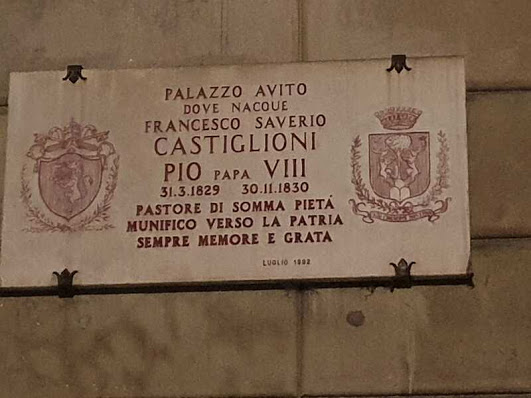
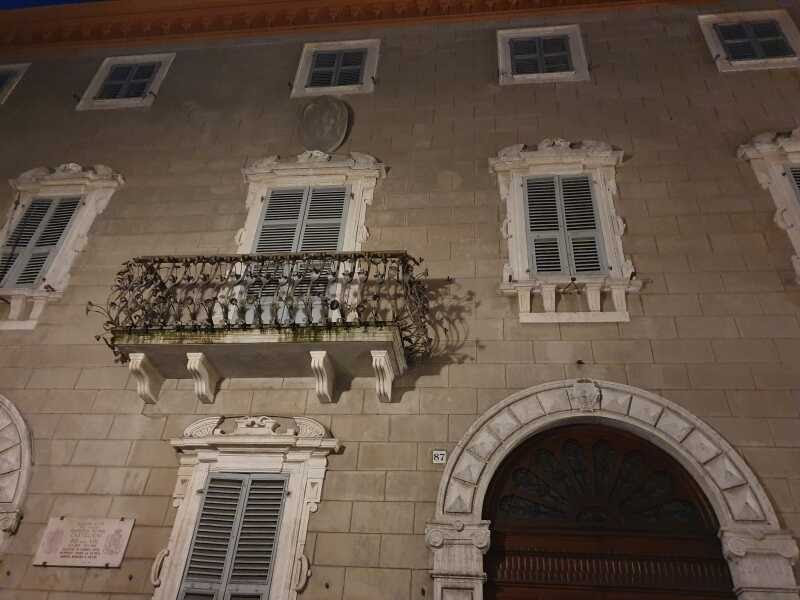


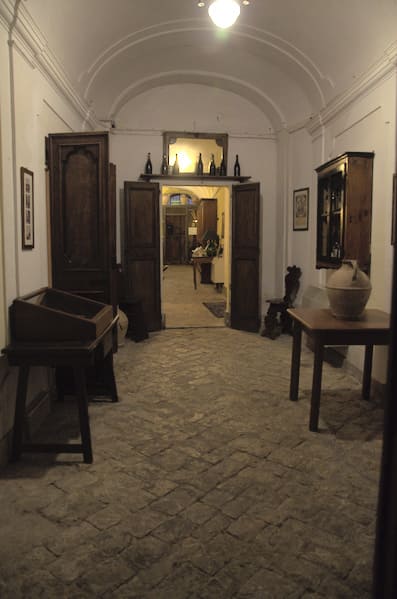



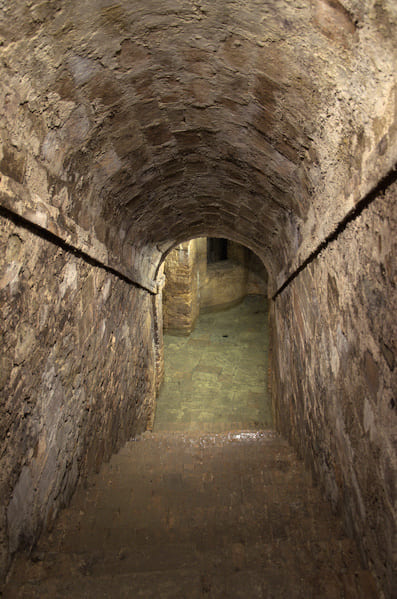
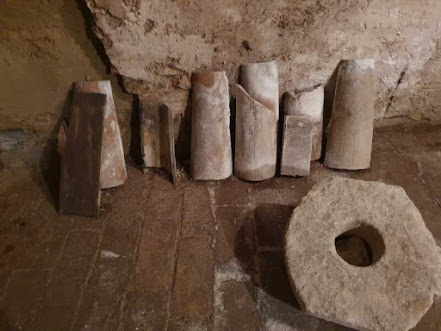
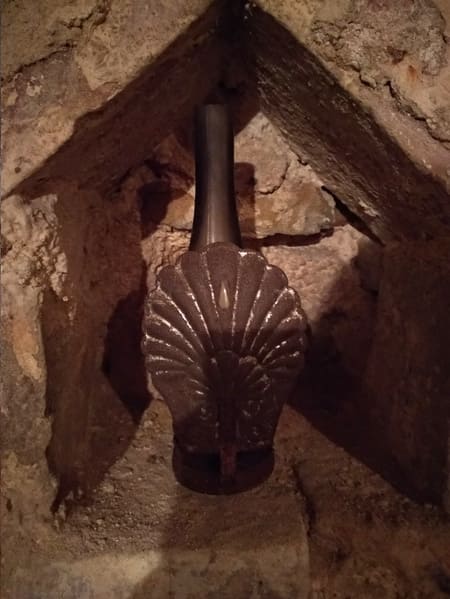

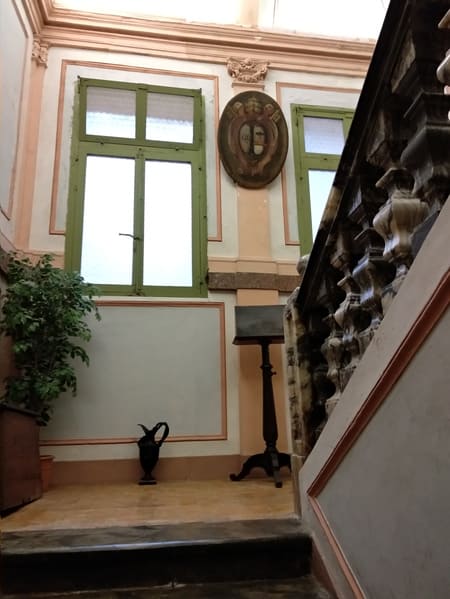
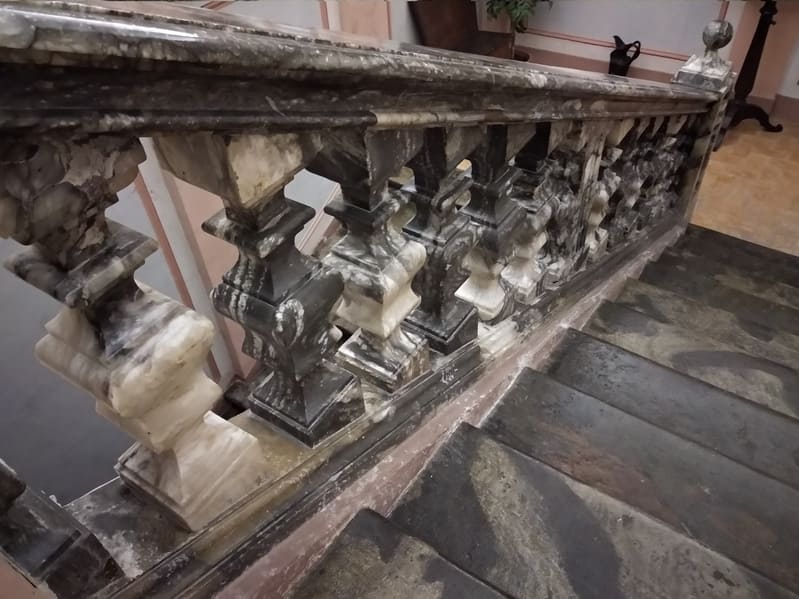
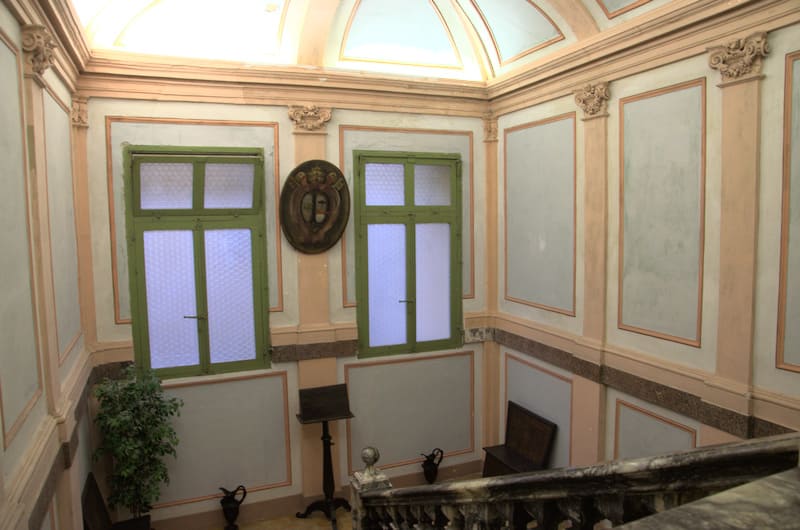
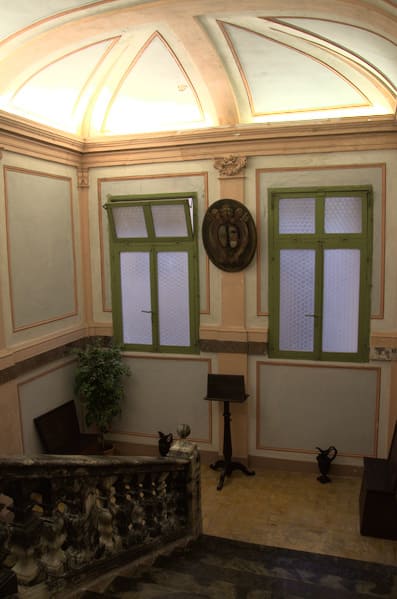



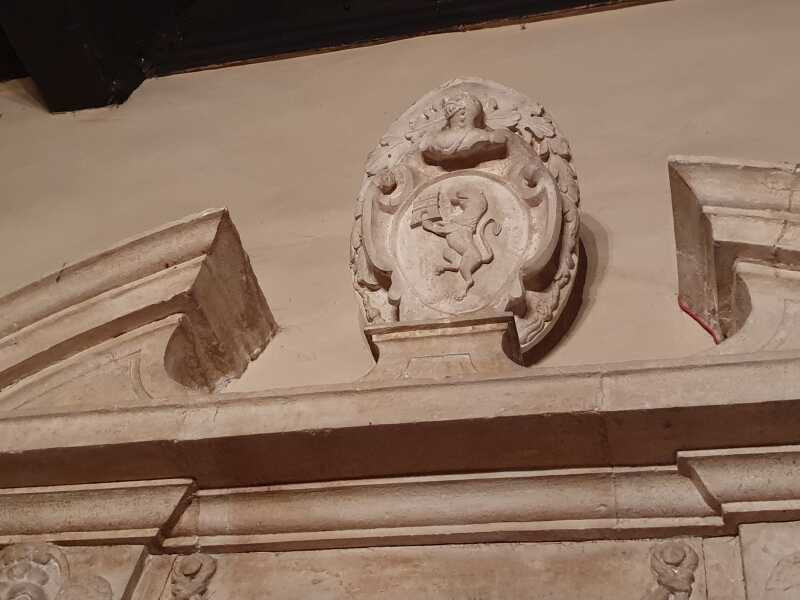

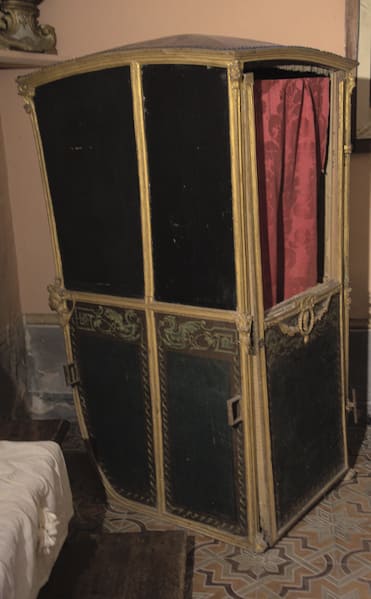

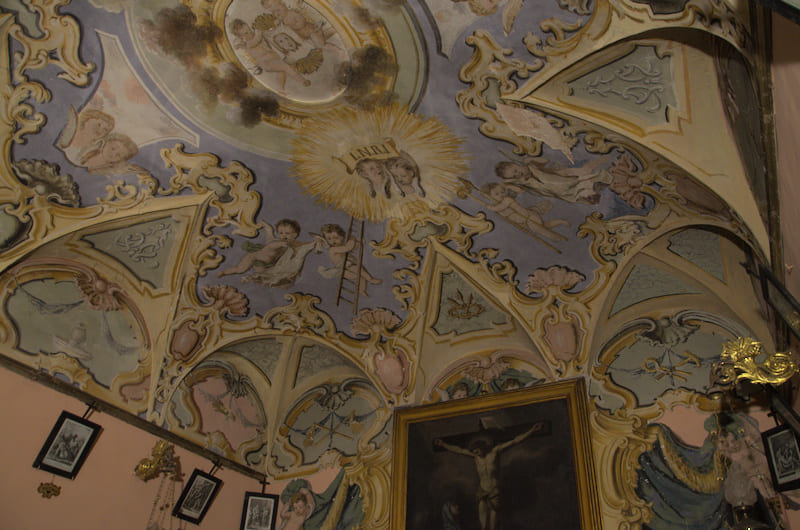

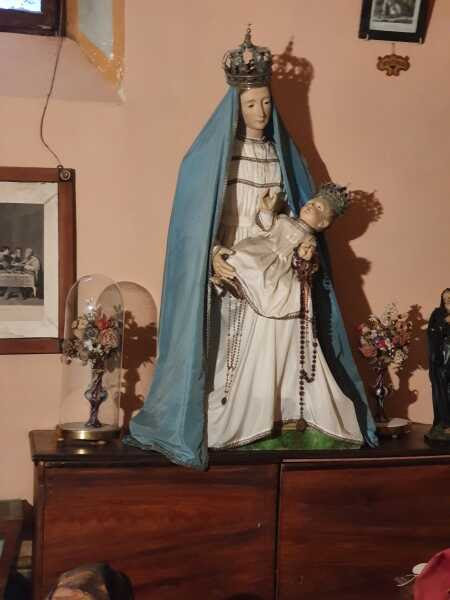
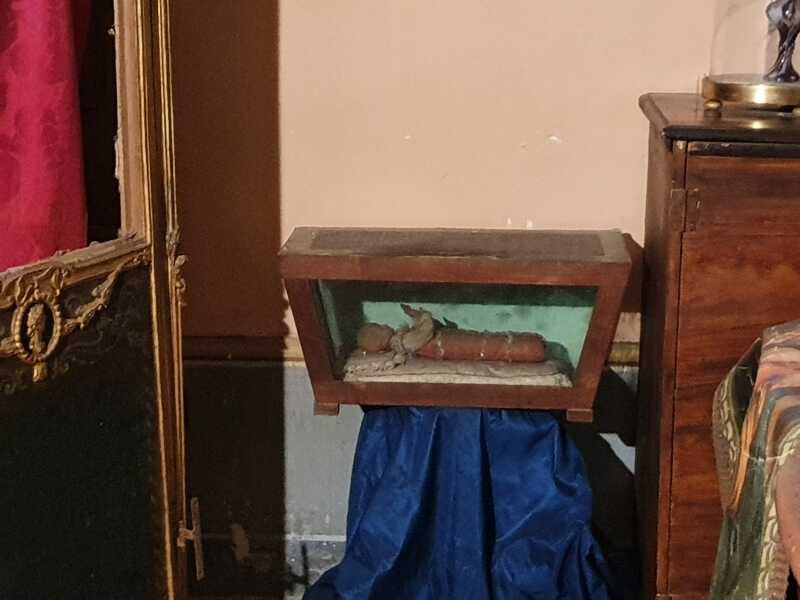

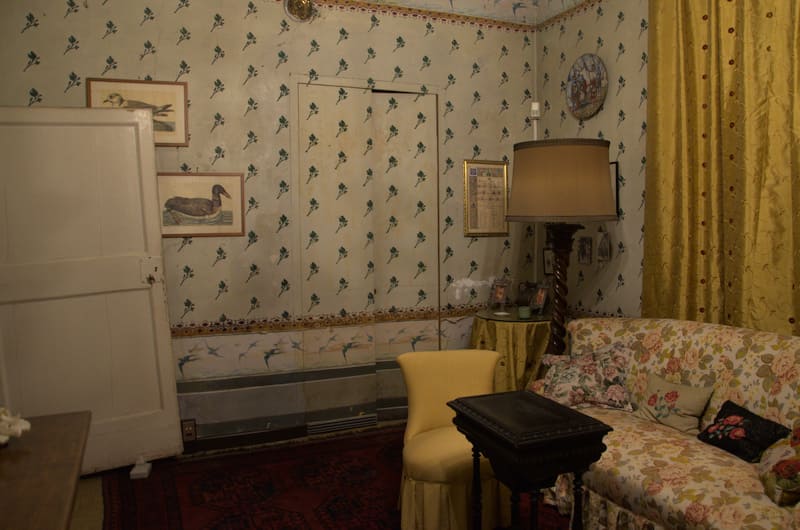
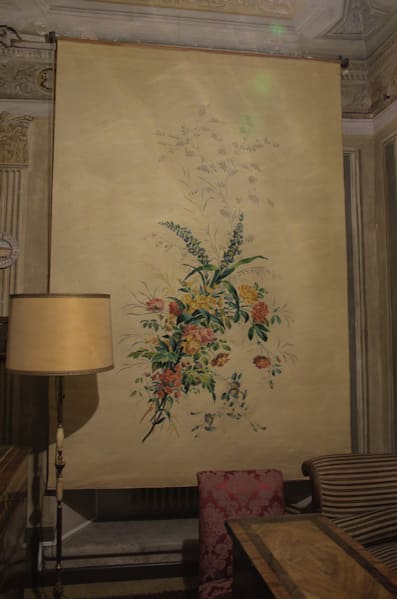

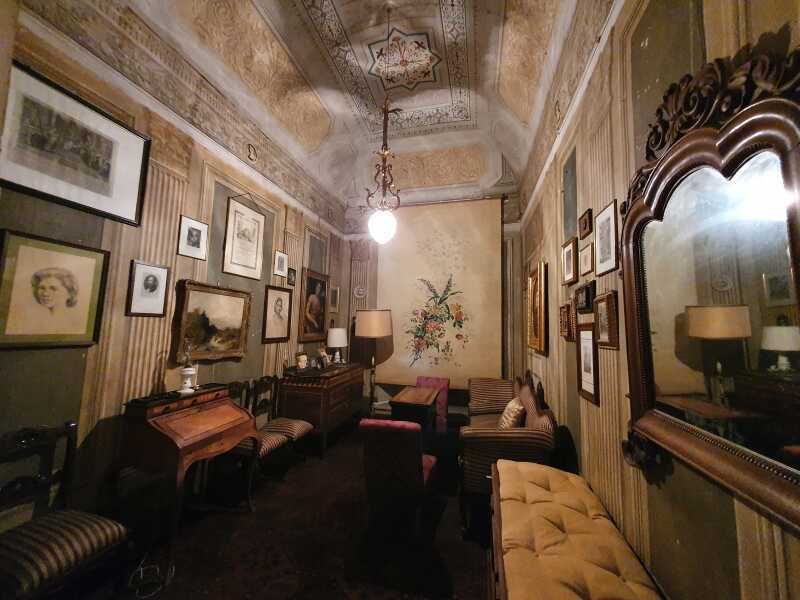


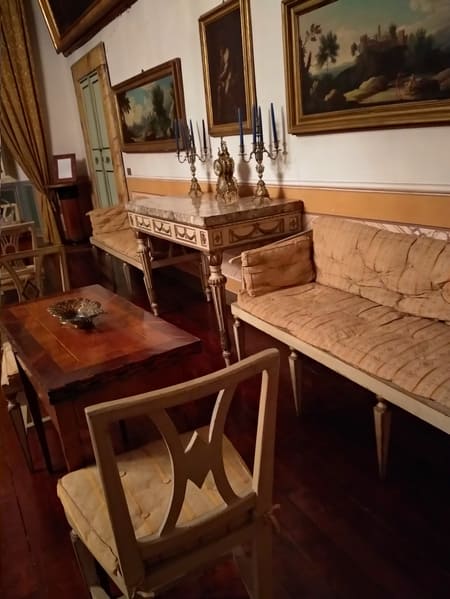
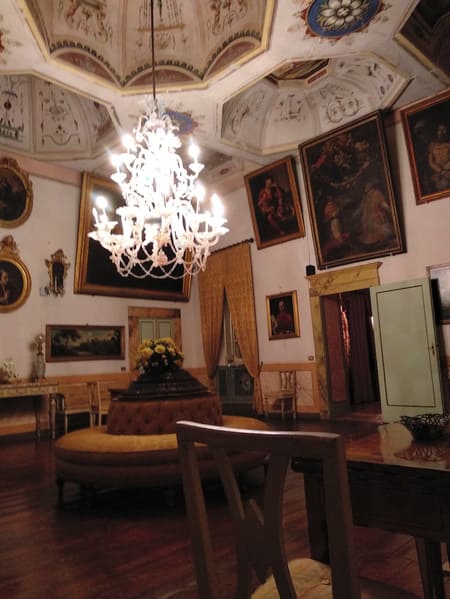



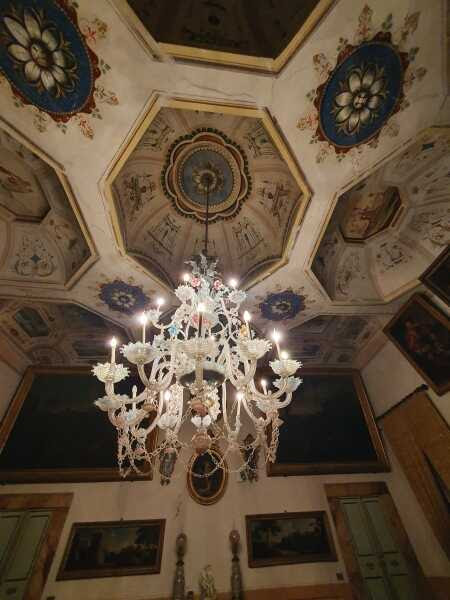
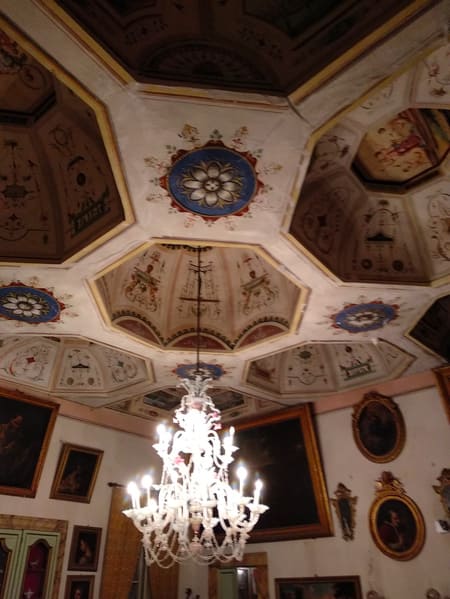
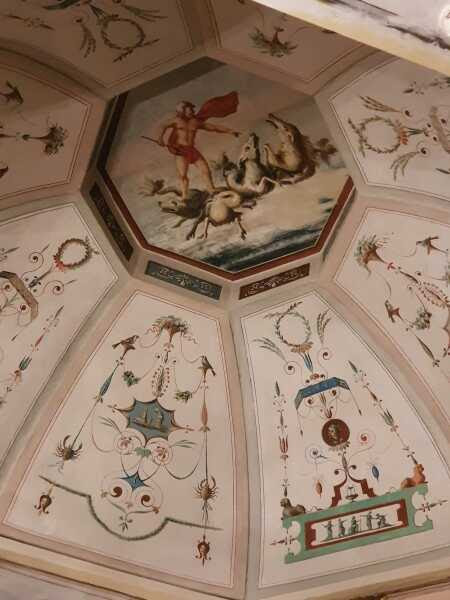
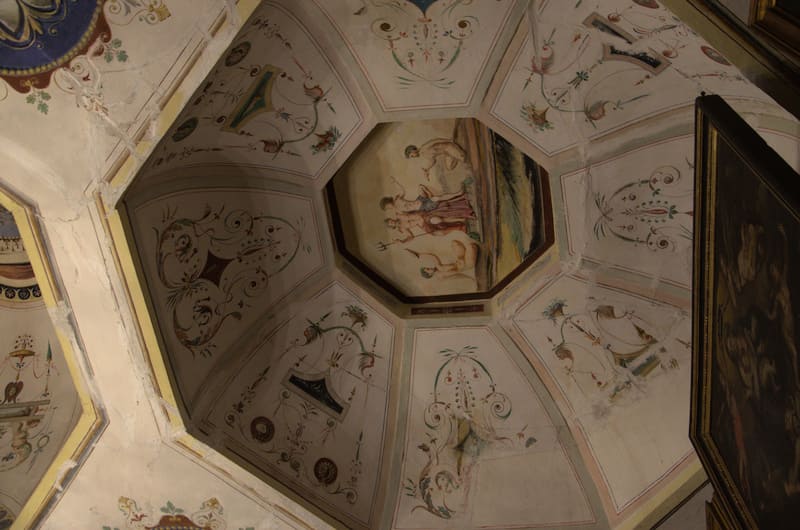
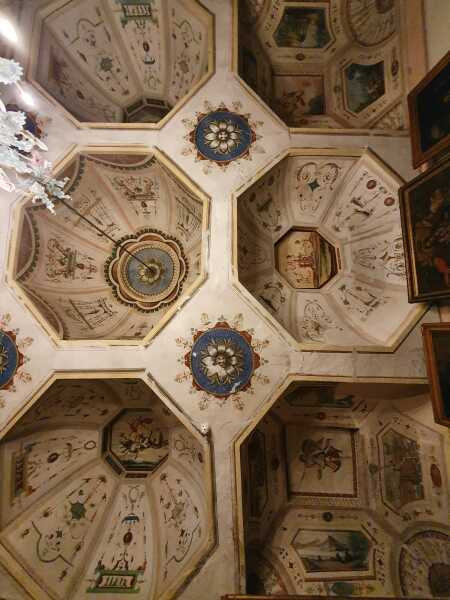
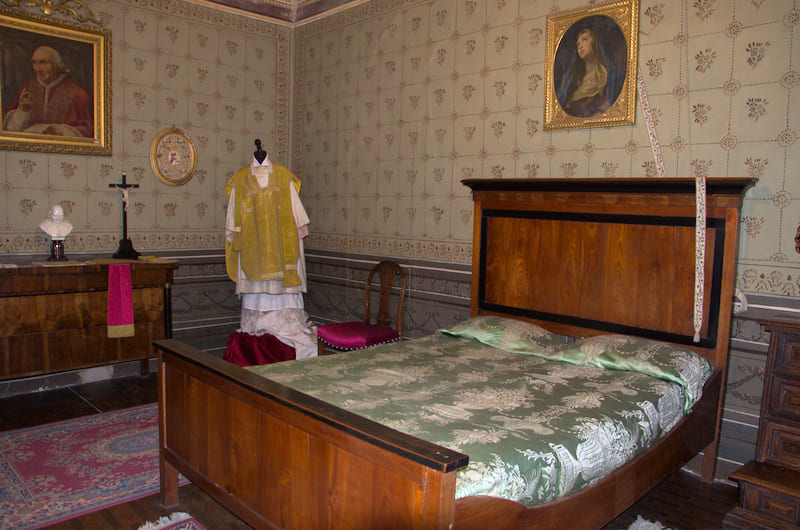
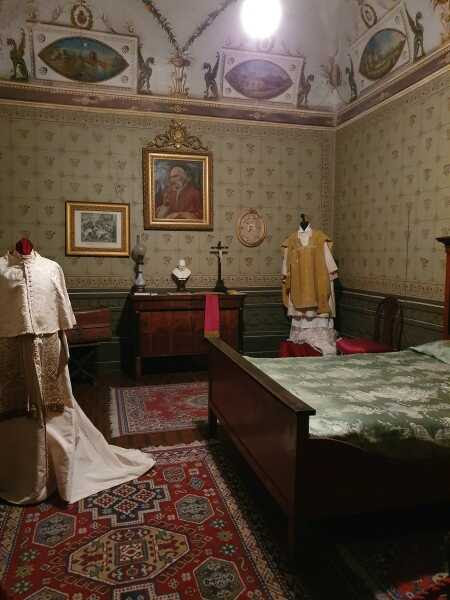
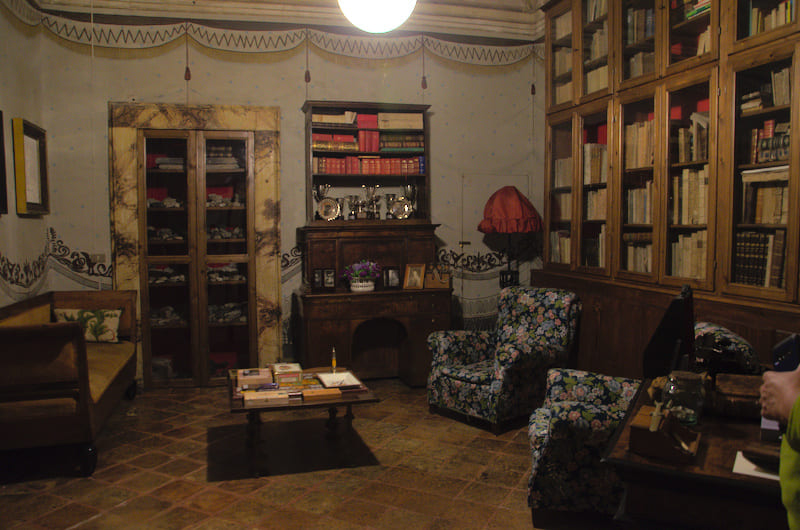
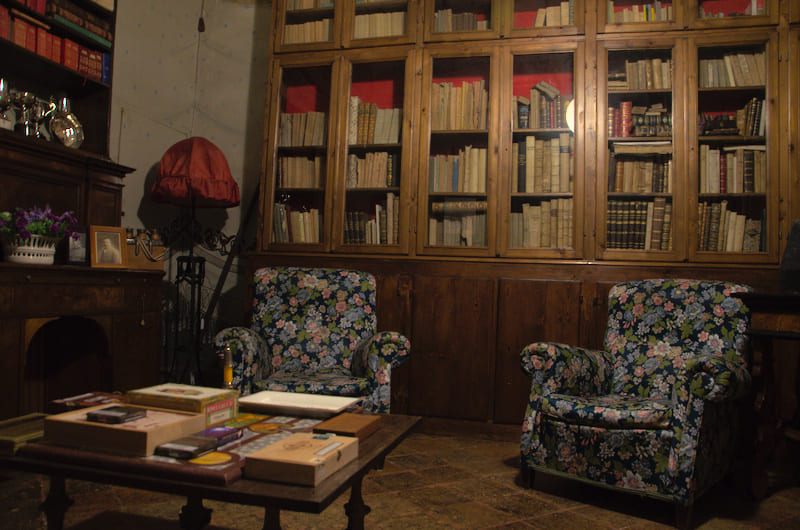
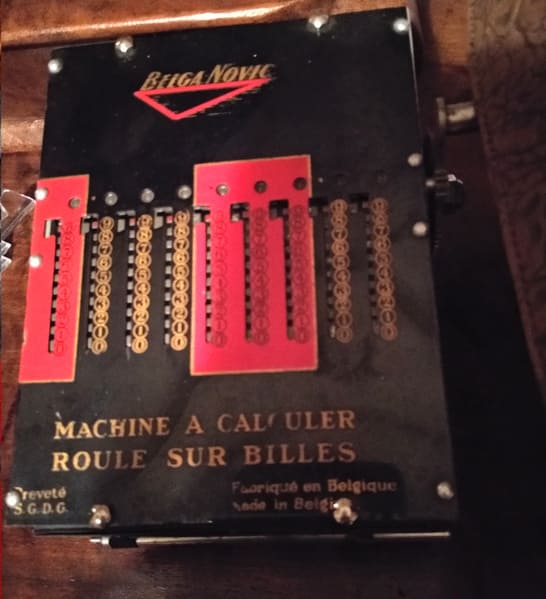
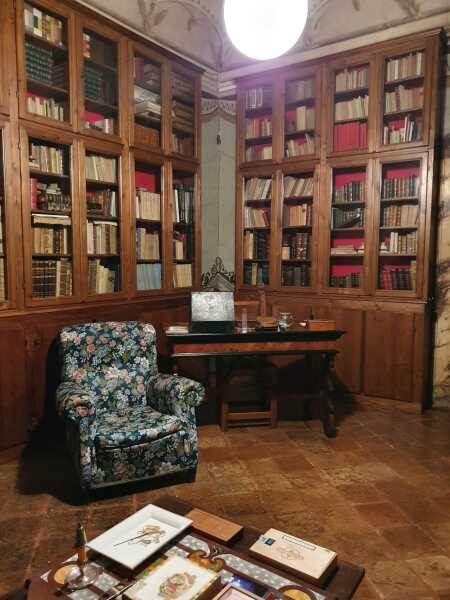
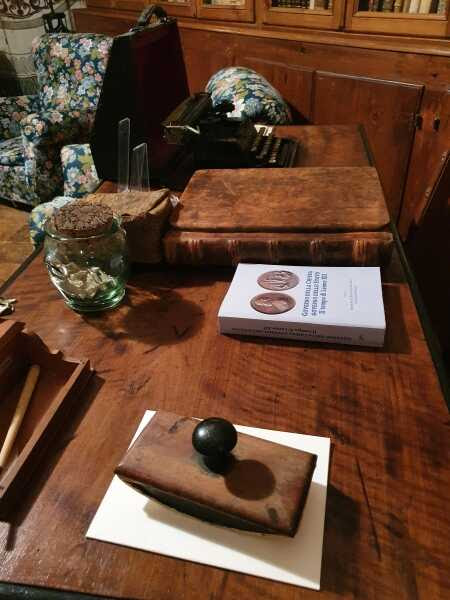
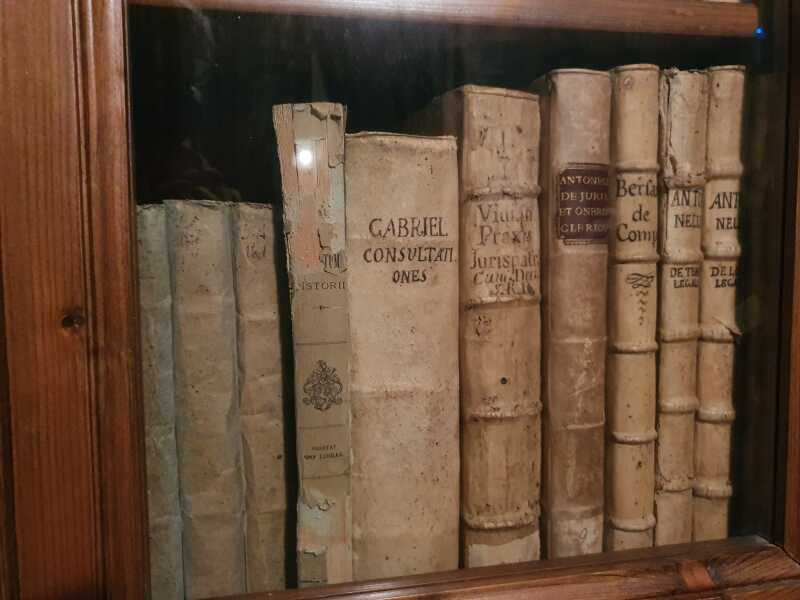
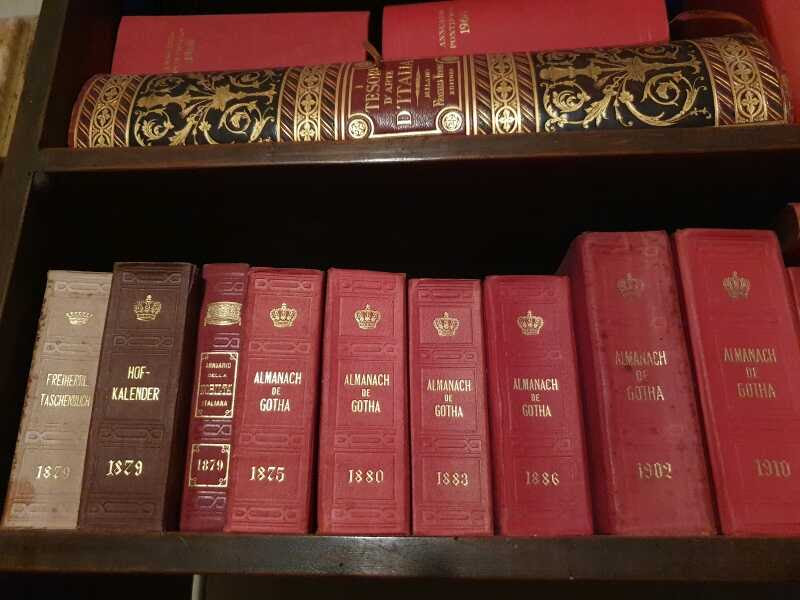
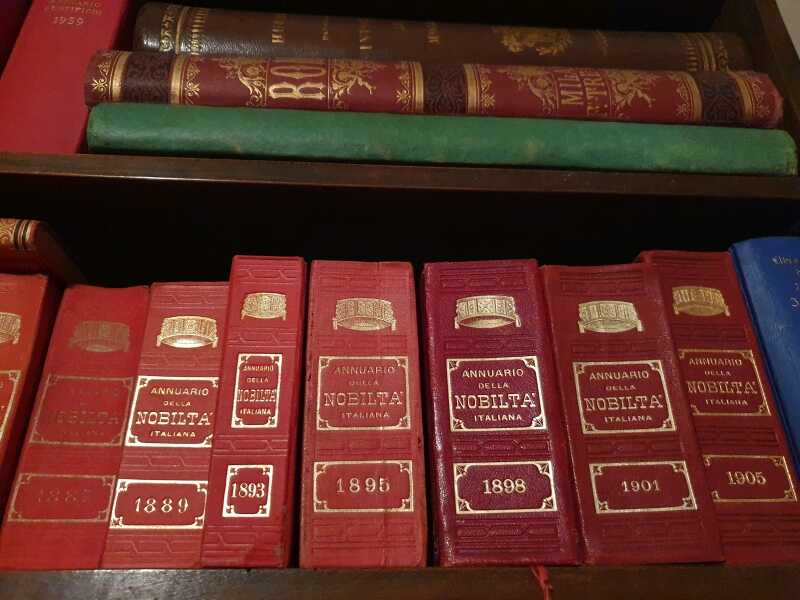
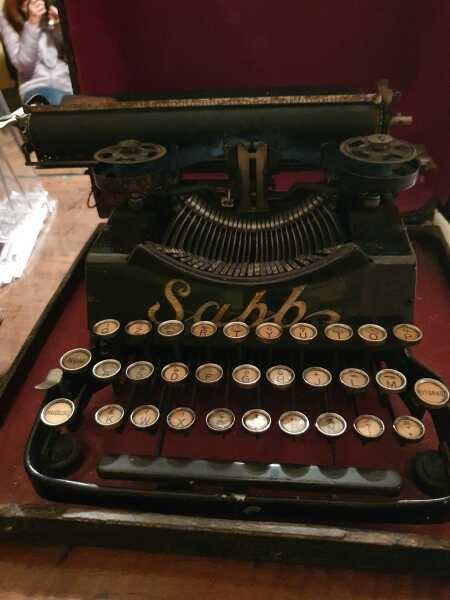
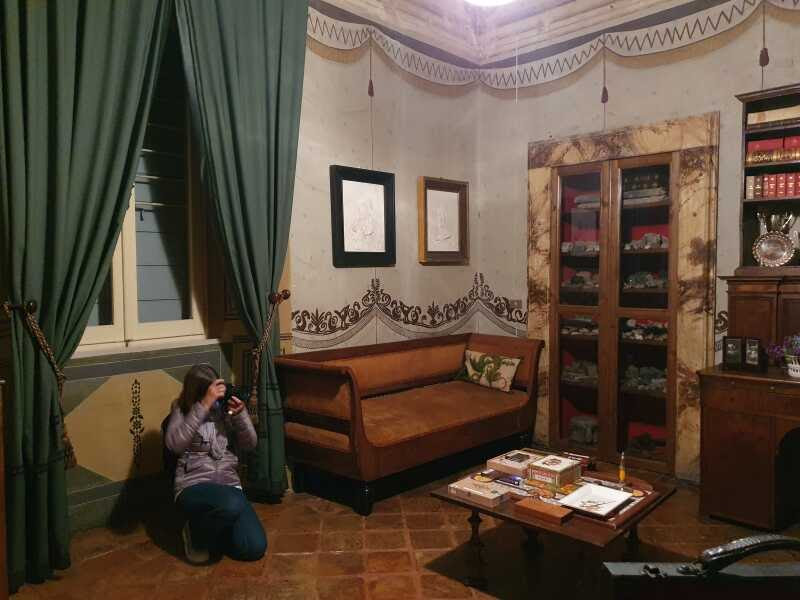

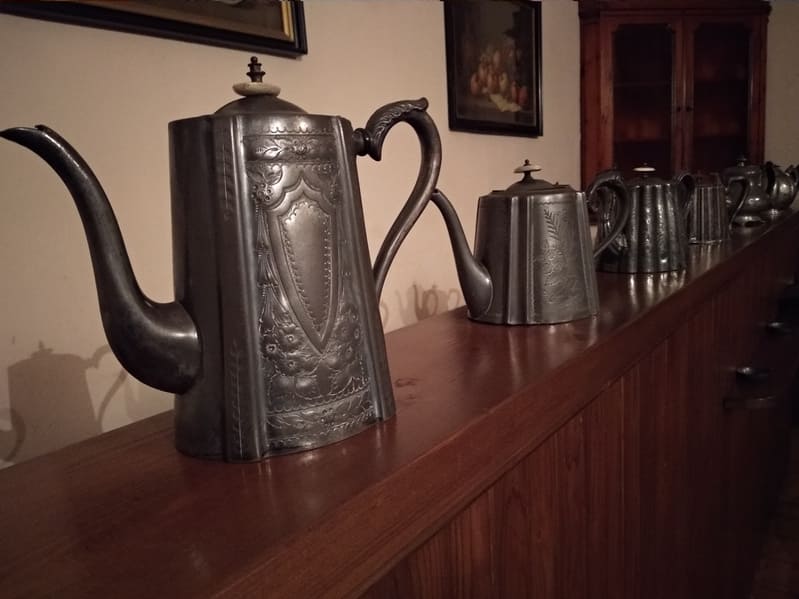
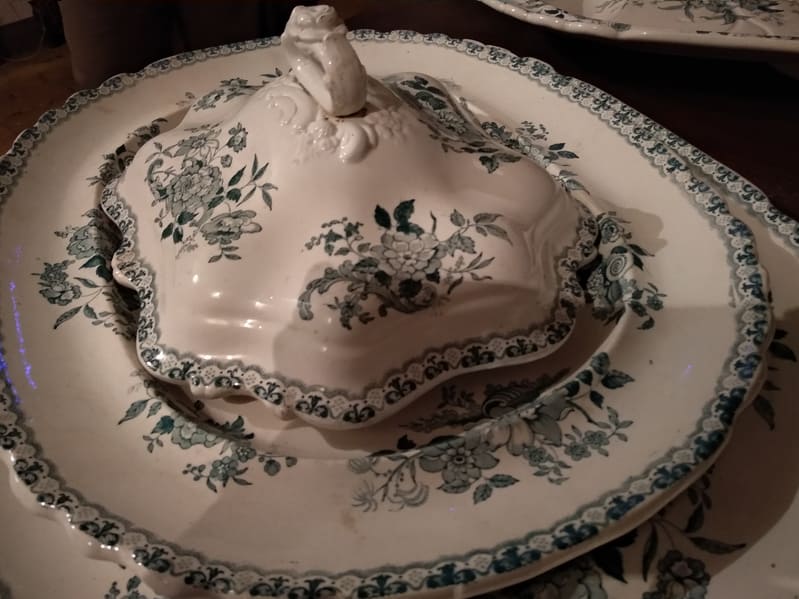
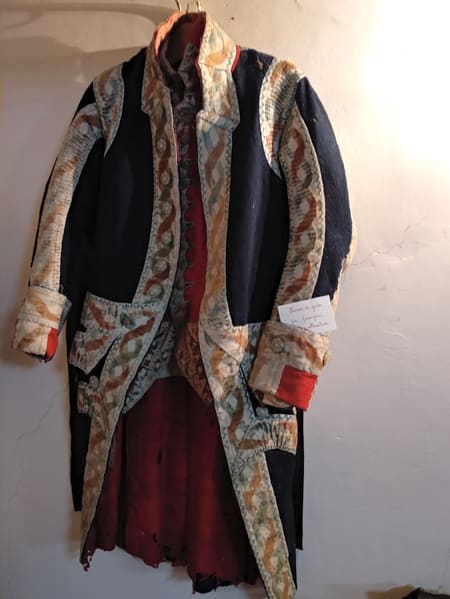
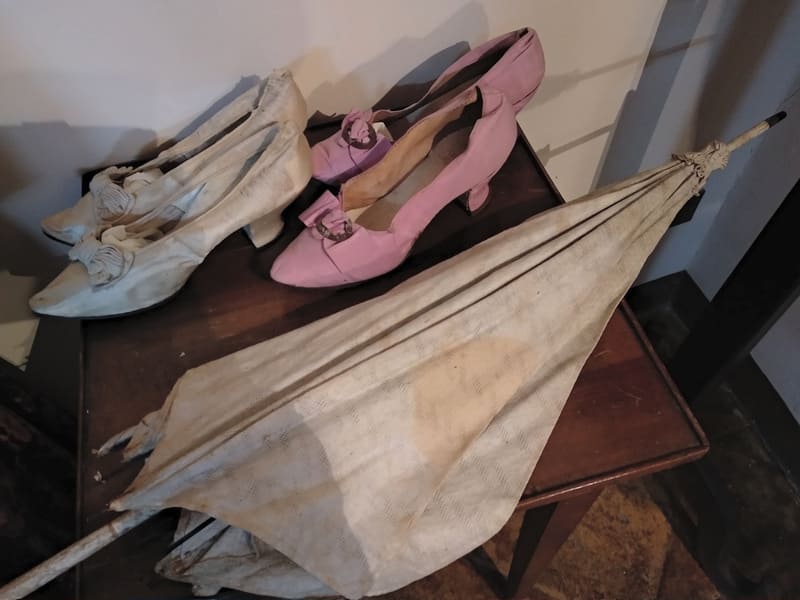
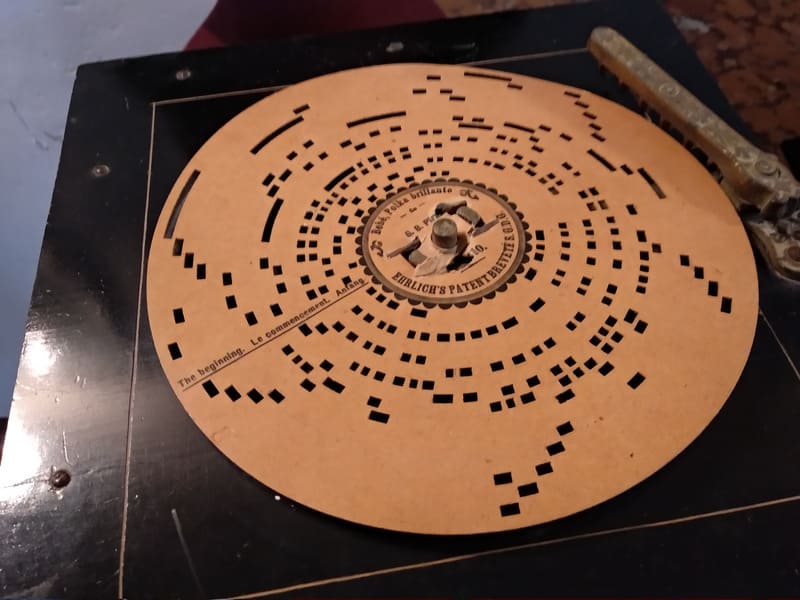
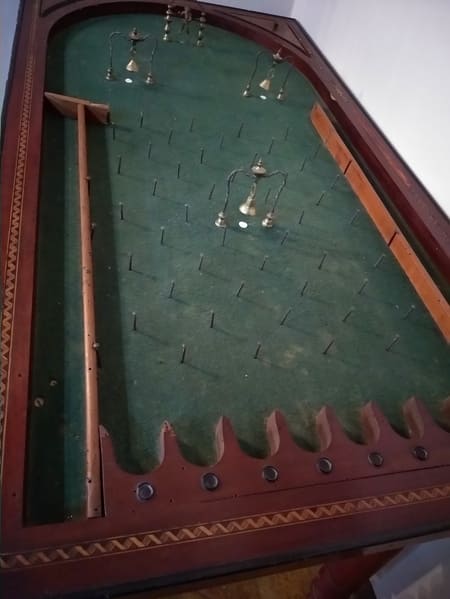
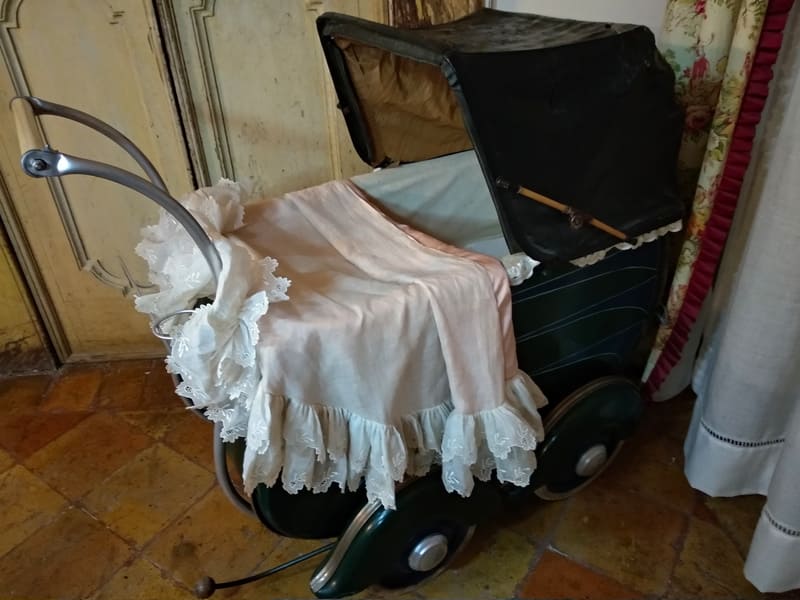
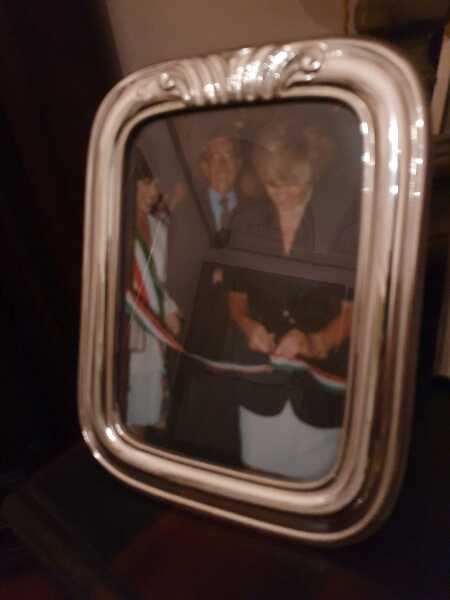

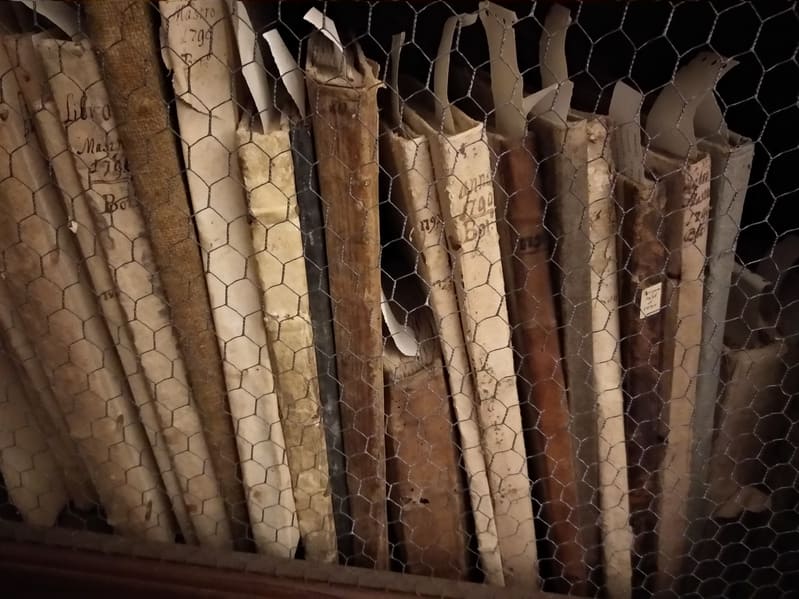
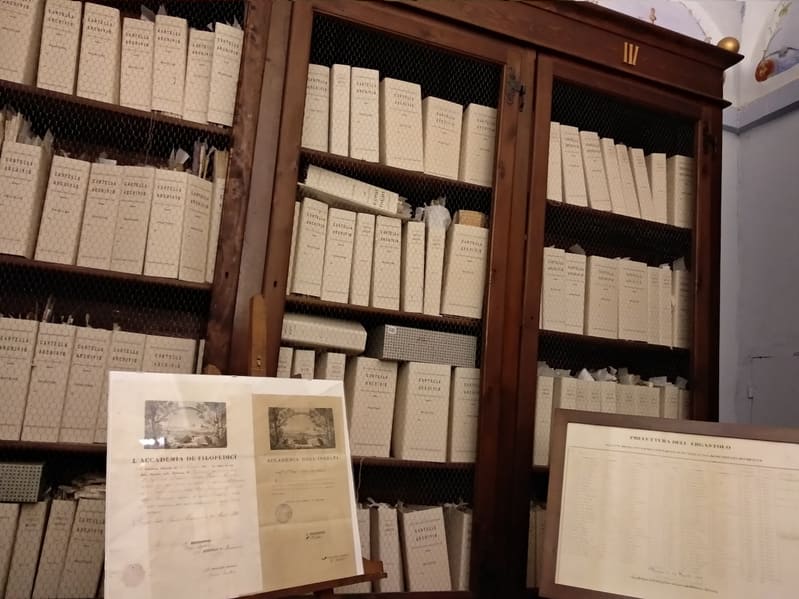
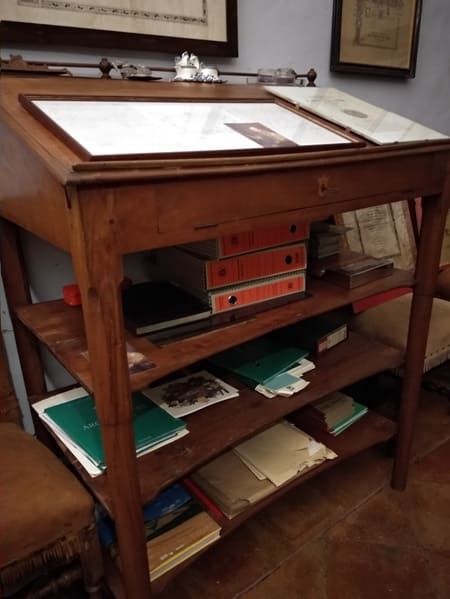



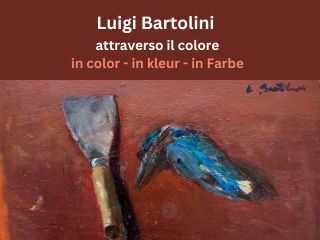
0 Comments